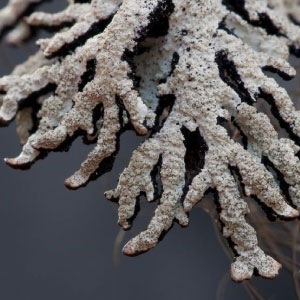The Alaska Center for Conservation Science (ACCS) is the state sanctioned authority on the listing and tracking of rare plants in Alaska. Presently, just over 400 vascular and nonvascular plant and fungi species hold a conservation rank in the state. One vascular plant is listed under the Endangered Species Act. Ecosystems of conservation concern are also tracked by ACCS.
The tracked lists undergo continuous revision based on new information gained through inventory, research, and monitoring. Continuous assessment of imperiled species allows for preventative measures or elevations to endangered or threatened legal status through conservation actions. The lists can be accessed using the links below.
Tracked Lists
Rare Vascular and Non-vascular Plant Data
Dedicated botanists at ACCS assimilate information from diverse sources and maintain a spatial and tabular database on rare species. This comprehensive inventory is regularly updated, refined, and subjected to stringent quality controls. Serving as the most comprehensive source on Alaska’s imperiled biodiversity, this information is vital for proactive planning efforts. To request access to the database, please submit a Data Request.
For more in-depth information on 80 selected plants, including photos and identification guidance, the online Alaska Rare Plant Field Guide provides a valuable resource. If you have occurrence or population information for rare vascular plants, bryophytes, or lichens, please consider submitting a rare plant observation.
Ecosystems of Conservation Concern
From temperate rainforests and Pacific tidal marshes to arctic sand dunes and Beringian alpine limestone, Alaska holds a treasure of diverse of ecosystems. We have several types of data on ecosystems of concern in Alaska including conservation status assessments, geospatial data, and an online web application that allows users to view rare ecosystems.
Conservation Ranking Methods
The conservation ranks are instrumental for natural resource management, prioritizing restoration or conservation efforts, and identifying species requiring further research or protection. The ACCS is responsible for assigning a state conservation rank while NatureServe assigns ranks at the global scale. The ACCS generates the Alaska conservation ranks using NatureServe’s conservation ranking protocol. This standardized methodology incorporates distribution, abundance, condition, threats, and trend data to calculate a conservation rank. Species receive a ranking on a scale of 1 to 5, with lower numbers indicating a higher degree of imperilment. A complete set of definitions are available within the Alaska tracked species list and on the NatureServe Conservation Status website.



